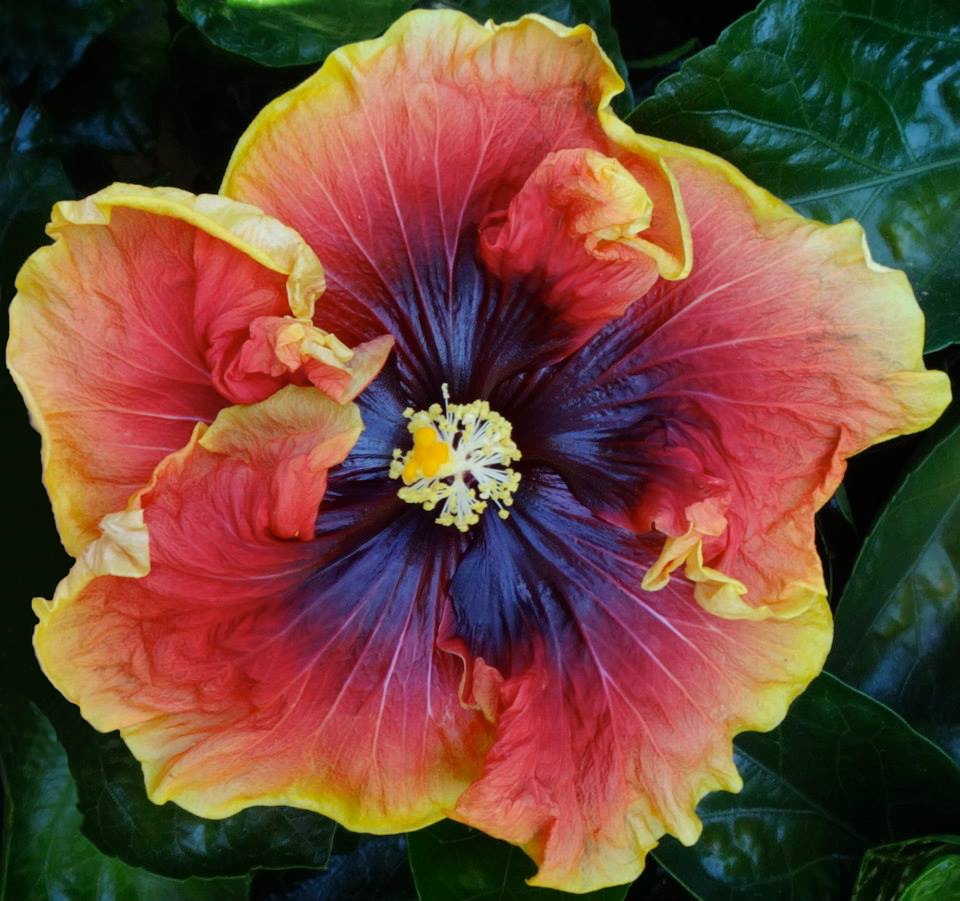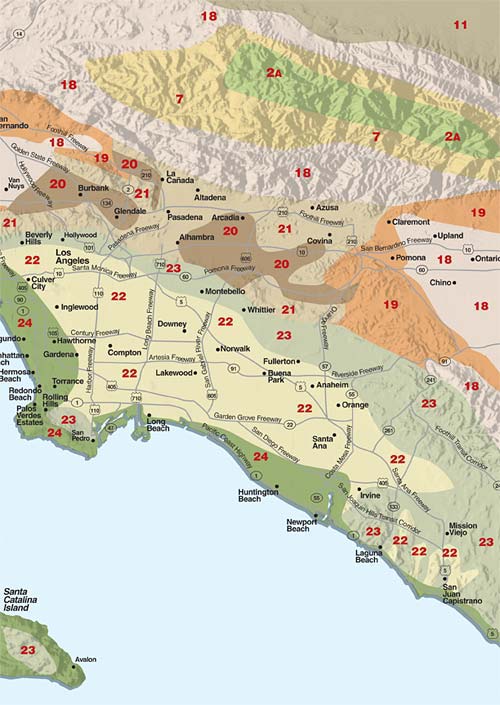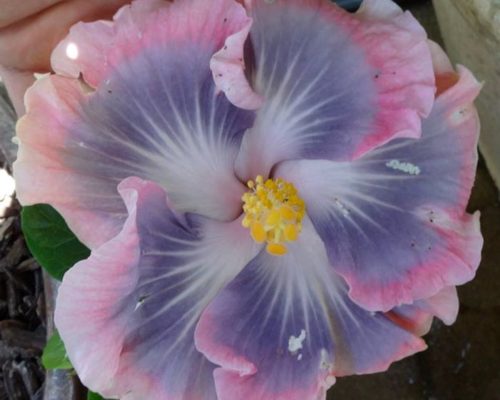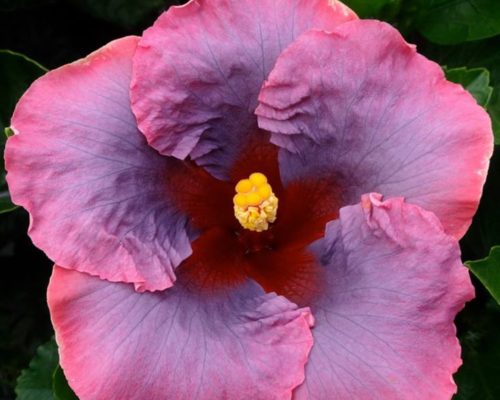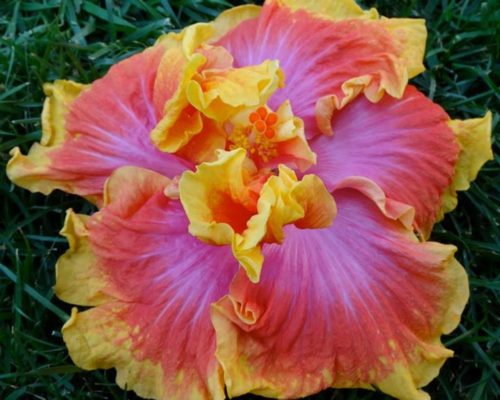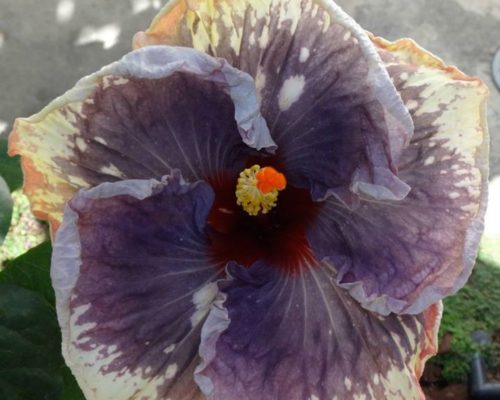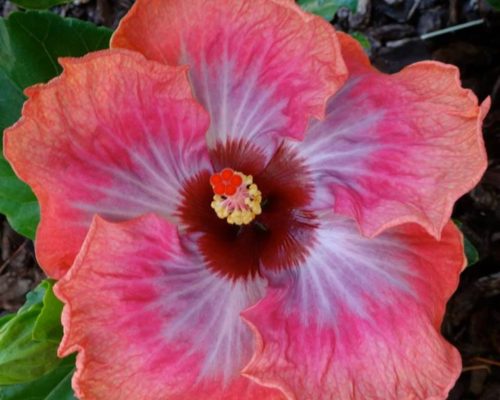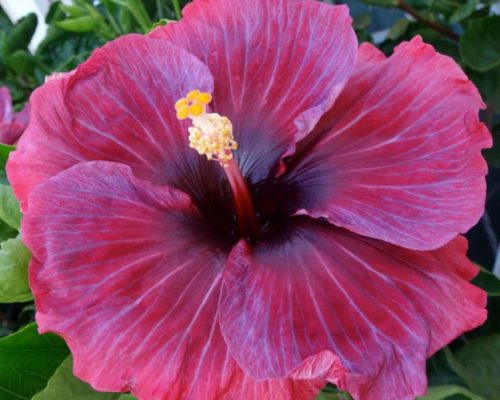About
An Overview of the Southern California Hibiscus Society
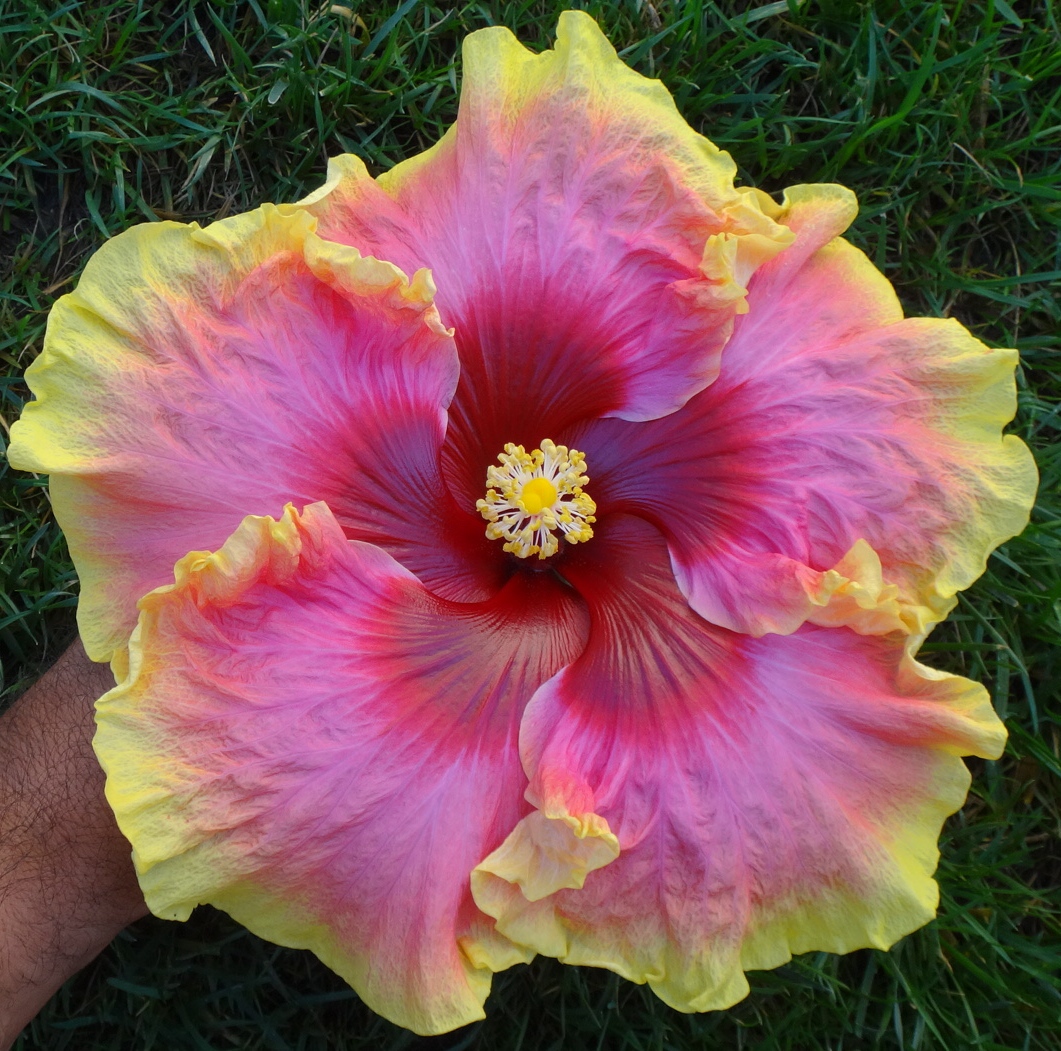
History, Goals, Members and Vision
Origins
The Southern California Hibiscus Society (SCHS) is a group for aficionados and growers of the genus Hibiscus, its species, hybrids and cultivators. Our membership territory is from South of the Tehachapi Mountains to the Mexican Border and inland to Arizona. We welcome locals and visitors alike.
The original society was founded in the late 1980s by Ken Garlock and Rob Thompson. Our roots go back further in the 1950s, with connections to Ross Gast, Joe Staniford and hybridizers at the Los Angeles Arboretum. Southern California benefited from the trade in Hibiscus rosa-sinensis even further back, as a port and trading center for the Pacific Rim during the first half of the twentieth century.
We have meetings April through December typically on the third Saturday of the month but it can vary depending on location availability.
We post daily on our Facebook page and Instagram page.
Membership Profile
Our members are overwhelmingly outdoor growers, located in urban and suburban Southern California, along the coastal Southern California Bight and extending approximately 100 miles inland. Desert growers and inland valley growers must take extra care, depending on their local microclimates, during weather extremes to protect their plants.
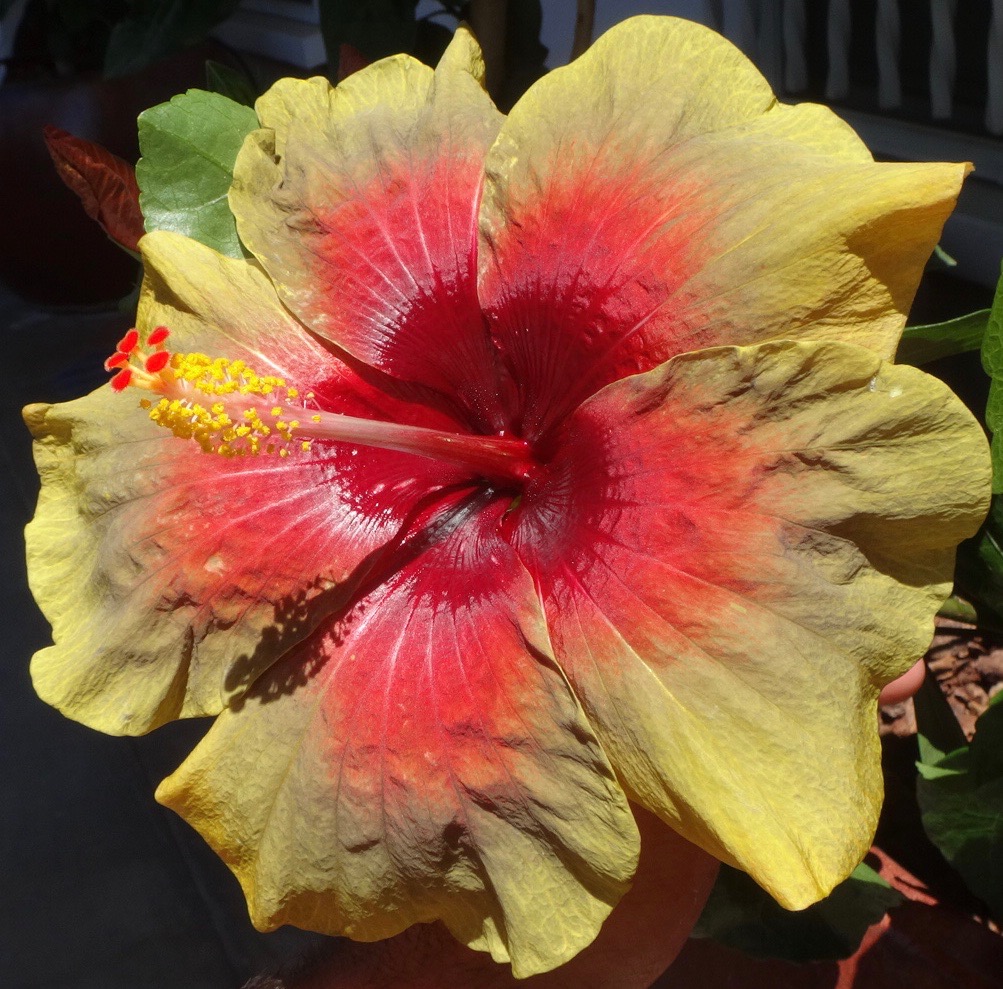
We garden in Köppen climate zone Csa AKA a dry summer Mediterranean climate. Our University of California at Davis/Sunset Magazine zones are 22 – 24 for the non-desert areas. We prefer these zone classifications to the USDA map which does not take into account marine influence, fog, Santa Ana winds or our widely differing elevations. A couple of nice essays on the different climates of Southern California can be found here and here.
Members grow plants in pots, the ground and planters. Most plants are grown in full sun and can take a fair amount of abuse from auto exhaust and reflected heat. You will see hibiscus used as privacy hedges, foundation plants, featured standards, in parking strips at malls, next to gas stations and surrounding old Hollywood estates. In Sunset Zone 23 and other favored microclimates, hibiscus reliably bloom all year round. Our main pests are whitefly, spider mites, Thrips, scale and mammals- deer, rabbits and gophers.

Future Plans and Vision
The SCHS hopes to encourage the enjoyment of hibiscus, whether in backyards, botanical gardens, commercial installations or as interiorscape. Hibiscus and its relatives – abutilon, cotton, hau, okra – can be a part of a drought tolerant and water wise garden. Hibiscus can be used for both its evergreen and unique leaf qualities. The Society will also encourage and assist distributing the emerging scented cultivators, along with their ancient native Hawaiian hibiscus ancestors, that have a sweet fragrance.
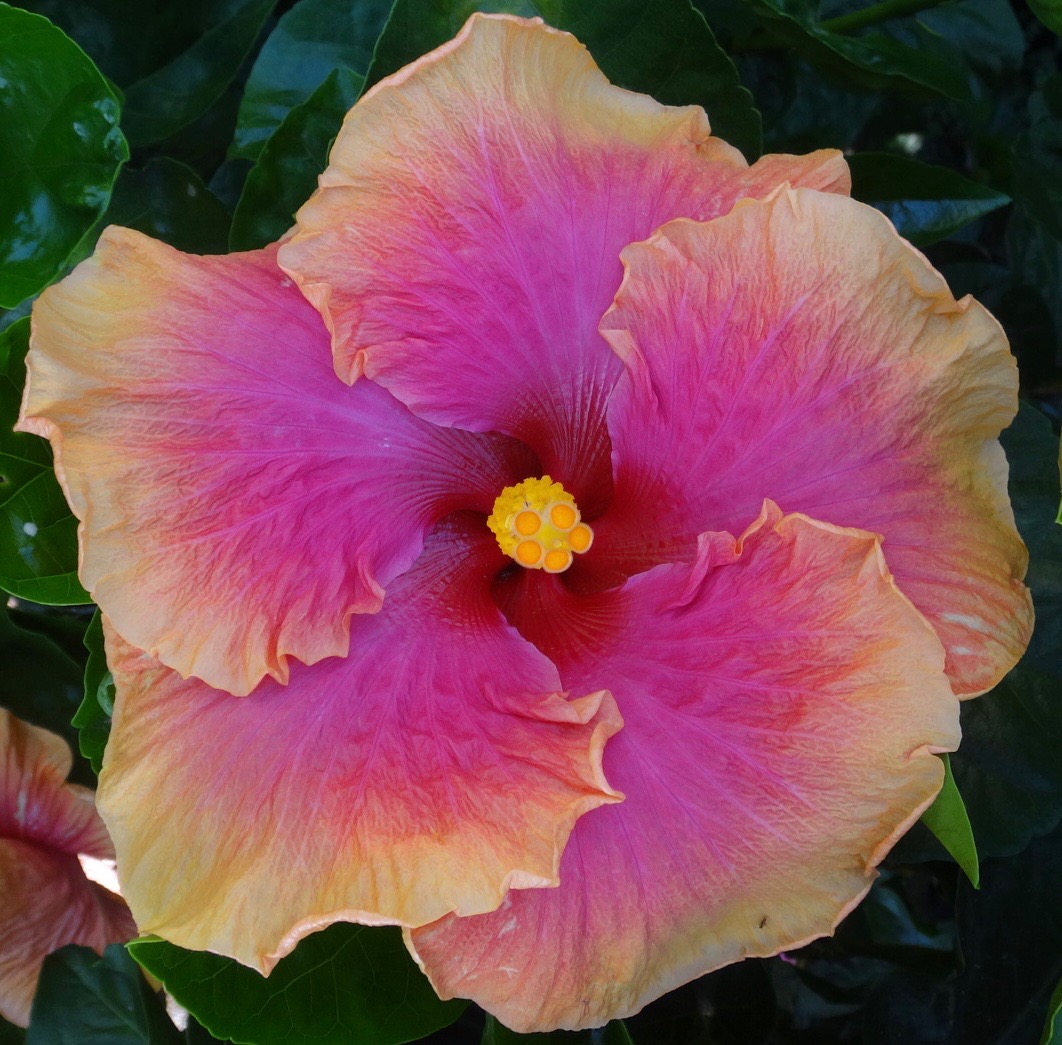
The Society is also exploring the idea of working with a SoCal botanical garden to install a public hibiscus display, holding local competitions, offering classes on grafting and hybridizing, along with extending research grants to assist in the study and development of the Hibiscus genus. SCHS will also endeavor to work with other plant groups and societies to participate in regional events and tours.
Future Website Content
- Plant trades and sales
- Cultivation and propagation information & techniques
- Group purchase opportunities
- Travel guides
- Importation tips
- Shows and competitions
